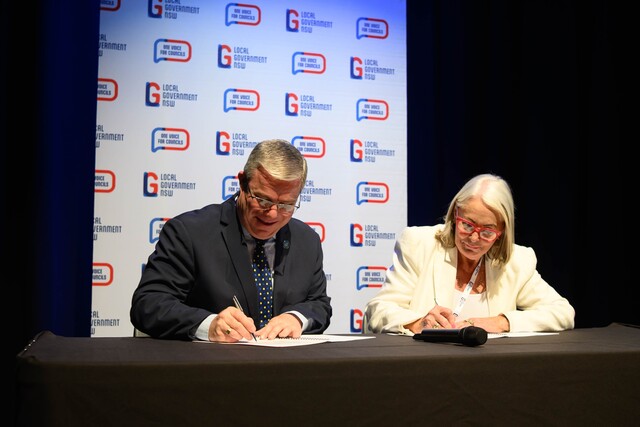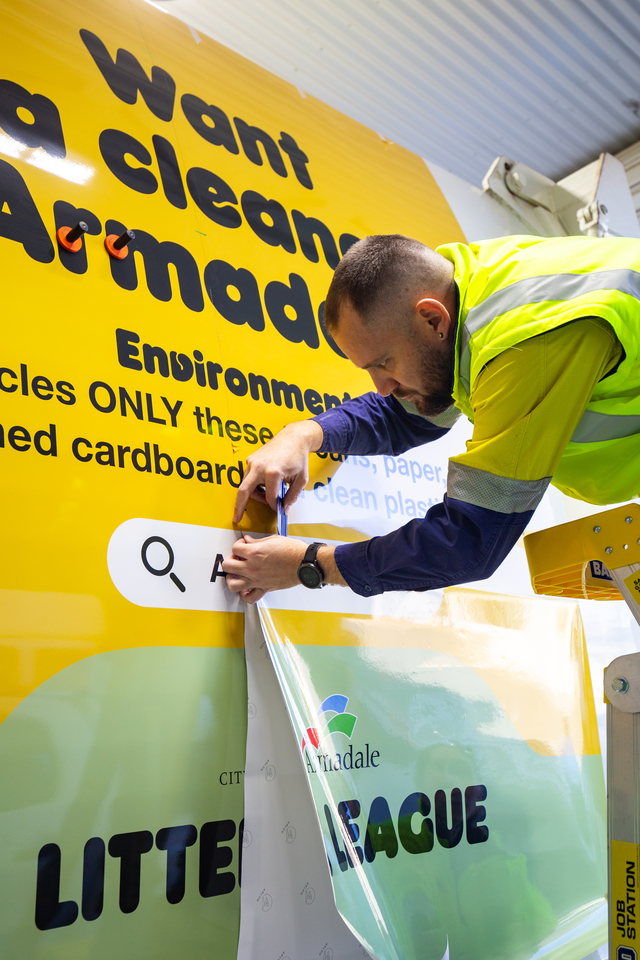With the current unpredictable weather patterns in Australia there is one chemical that can make your team’s lives easier, especially on aggressively growing grasses like kikuyu on Sports fields and park lands that are prone to holding water in wet weather.
Spraying chemicals like Trinexapac-Ethyl, which is now made by many companies but probably most commonly recognised by the name Primo, can save you thousands of dollars in many ways.
What are PGRs?
Plant Growth Regulators are synthetic or biological compounds that positively benefit and modify the plants growth and development. They are widely used in many plants to shorten the internodes and create a denser, tighter and smaller plant. Growth regulators can be used on amenity grass to reduce the need to mow as frequently or to improve the play on bowling greens and golf courses. PGRs are used to improve grass appearance by preventing seedhead and stalk formations. They are even used for preventing energy depletion that can be used during stress periods.
Popular uses for plant growth regulators – Turf
For slowing grass growth: Plant Growth Regulators sprayed on the turf will slow the growth by up to 50 percent for up to four weeks. This can be important for those who are seeking a reduction in clipping collection or mowing frequency.
Improved grass health and stress relief: Grass growth requires a substantial amount of energy, especially early in the season during the rapid growth phase of cool season varieties. As the grass enters the stresses of summer, energy reserves can be used up faster.
Reduced trimming and edging: A PGR sprayed round the base of trees, along paths, banks and goal posts will slow grass and runner growth. This can be especially helpful for warm season grasses that spread by the production of stolons. Stolons are the above ground runners that readily challenge any boundary or hard to maintain areas.
For promoting the growth of one grass species over another: An example is spraying annual ryegrass that has been overseeded into bermudagrass. The annual ryegrass should be sprayed a week or more before the bermudagrass is expected to emerge from dormancy.
This slows the growth of the ryegrass and allows the bermudagrass to recover will less competition. Certain plant growth regulators have also been used to promote the growth of fescue where bermudagrass was taking over. This is accomplished by using a product that is labeled for Bermudagrass,but has no effect on fescue. It may take a few seasons, but studies have shown to reduce the spread of Bermuda by as much as 90 per cent.
Reduce mowing in difficult areas: Hillsides, right-of-ways, and difficult to mow areas could benefit from plant growth regulators. This is especially necessary with species where grass stalks and unsightly seed heads may be the primary reason for mowing.
International Greenkeepers For Hire the hub for greenkeepers, groundstaff and volunteers.
internationalgreenkeepers@gmail.com








